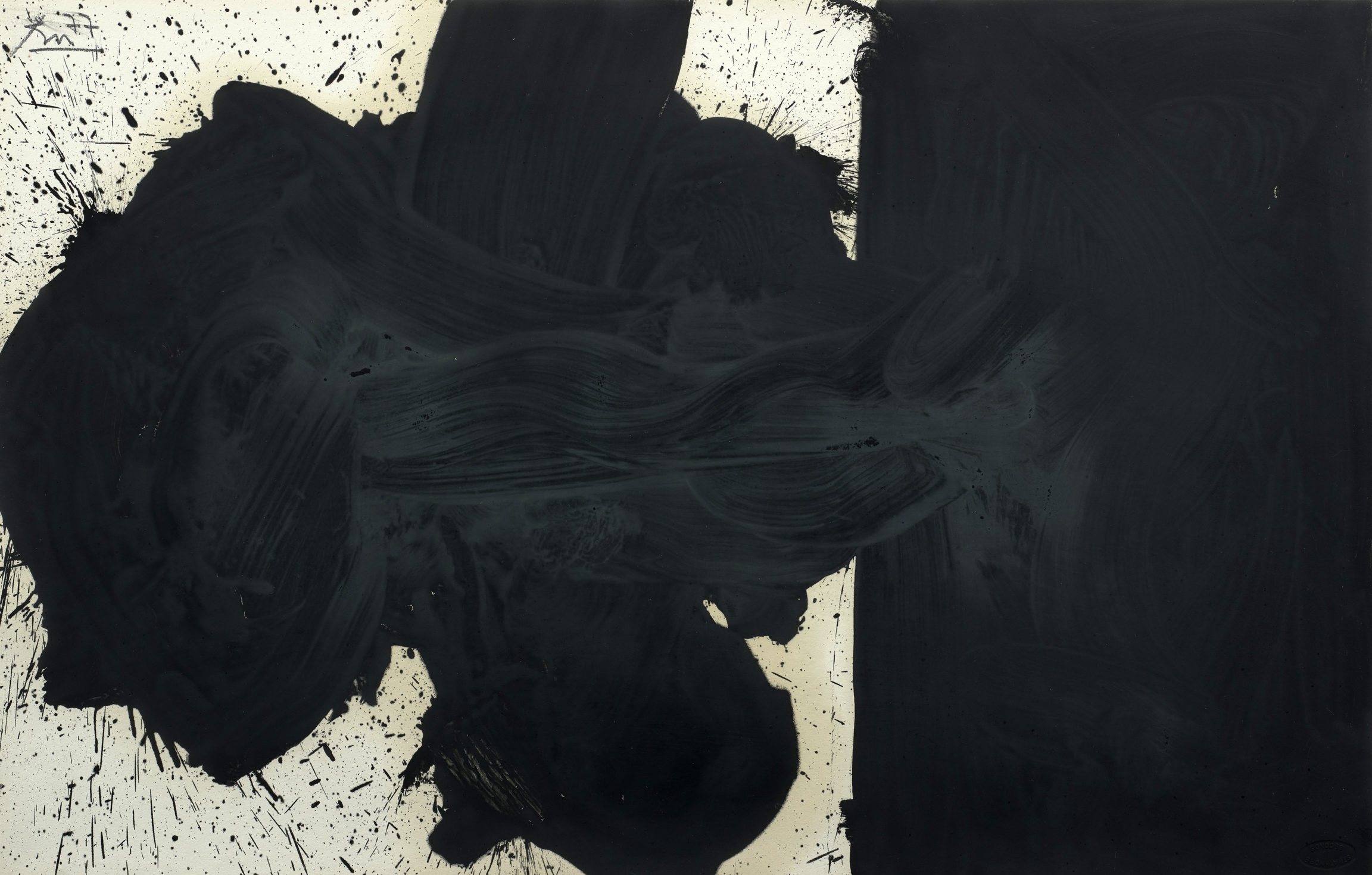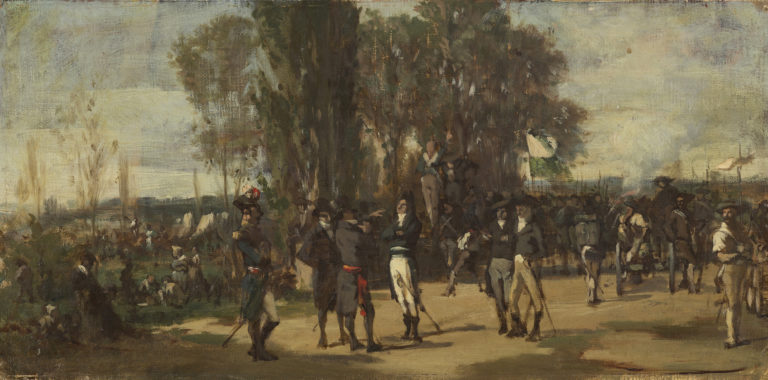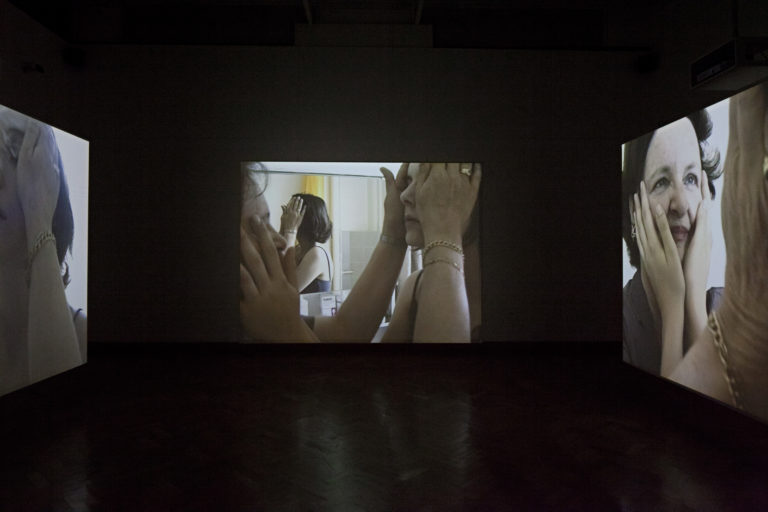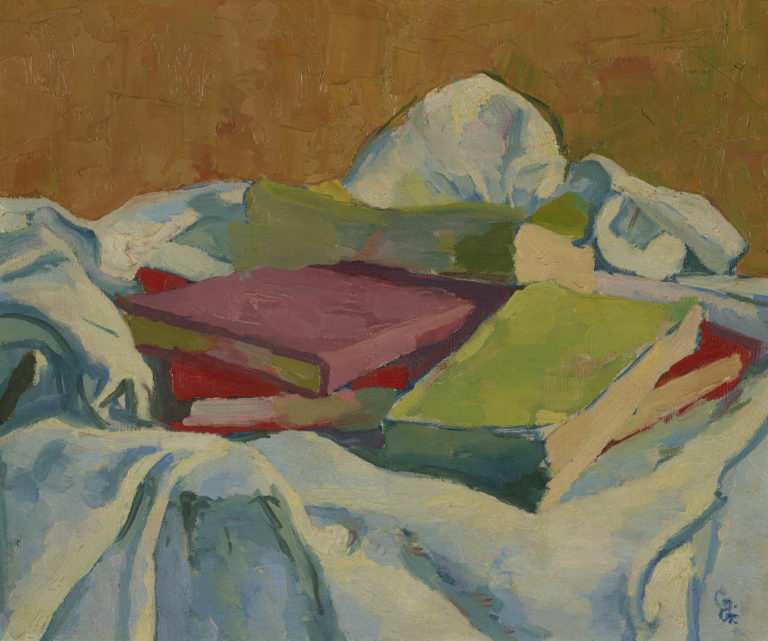Bibliography
David Anfam, Barbara Guest et alii, Robert Motherwell: Elegy to the Spanish Republic, exh. cat. New York, Lévy Gorvy, 2015.
MoMA Highlights. 350 œuvres du Museum of Modern Art, New York, New York, The Museum of Modern Art, Madrid, Ediciones El Viso,1999/2013: 216.
Jack Flam, Katy Rogers and Tim Clifford, Robert Motherwell. Paintings and Collages: a Catalogue Raisonné 1941-1991, 3 vol., New Haven, Yale University Press, 2012.




Robert Motherwell studied at Stanford and Yale universities. His intellectual interests spanned philosophy, literature, art history and psychology. In 1940, on returning to America after extensive travels in Europe, where he also had his first solo exhibition (Paris, 1939), he settled in New York and confirmed his decision to be a painter. At the time he frequented European surrealists then in wartime exile, and, particularly in their advocacy of the creative powers of the unconscious (automatism), they would have a decisive influence on him as well as other future proponents of American abstract expressionism, including Jackson Pollock.
This study is part of a sizeable ensemble of works responding to the Spanish Civil War (1936–9), which Motherwell continued to work on throughout his career. Paintings, prints and drawings in a variety of formats constitute a memorial to this conflict that the artist, following from Pablo Picasso, took as a symbol of oppression and injustice. From one Elegy to the next, the size, medium and other details of the works may vary, but the motifs remain the same: ovoid forms and broad vertical bands alternate and extend over horizontal supports. These forms have been interpreted as anything from uteruses or phalluses to architectural structures, but Motherwell himself described them as the testicles of a dead bull in the ring, exhibited to the view of all. The cycle of life and death is indeed what underlies this particular composition.
The palette is limited to black, so that there is a strong contrast between the painted and the unpainted zones. The massive forms, attracted to the right by a zone saturated with black, contrast with the lightness and swiftness of the artist’s gesture whose spontaneity, paradoxically rehearsed and somewhat attenuated by repetition (the first Elegies date to 1948), is betrayed by the splashes. Motherwell was constantly striving for a balance between accident and control, between emotion and self-mastery, between fluidity and structure.